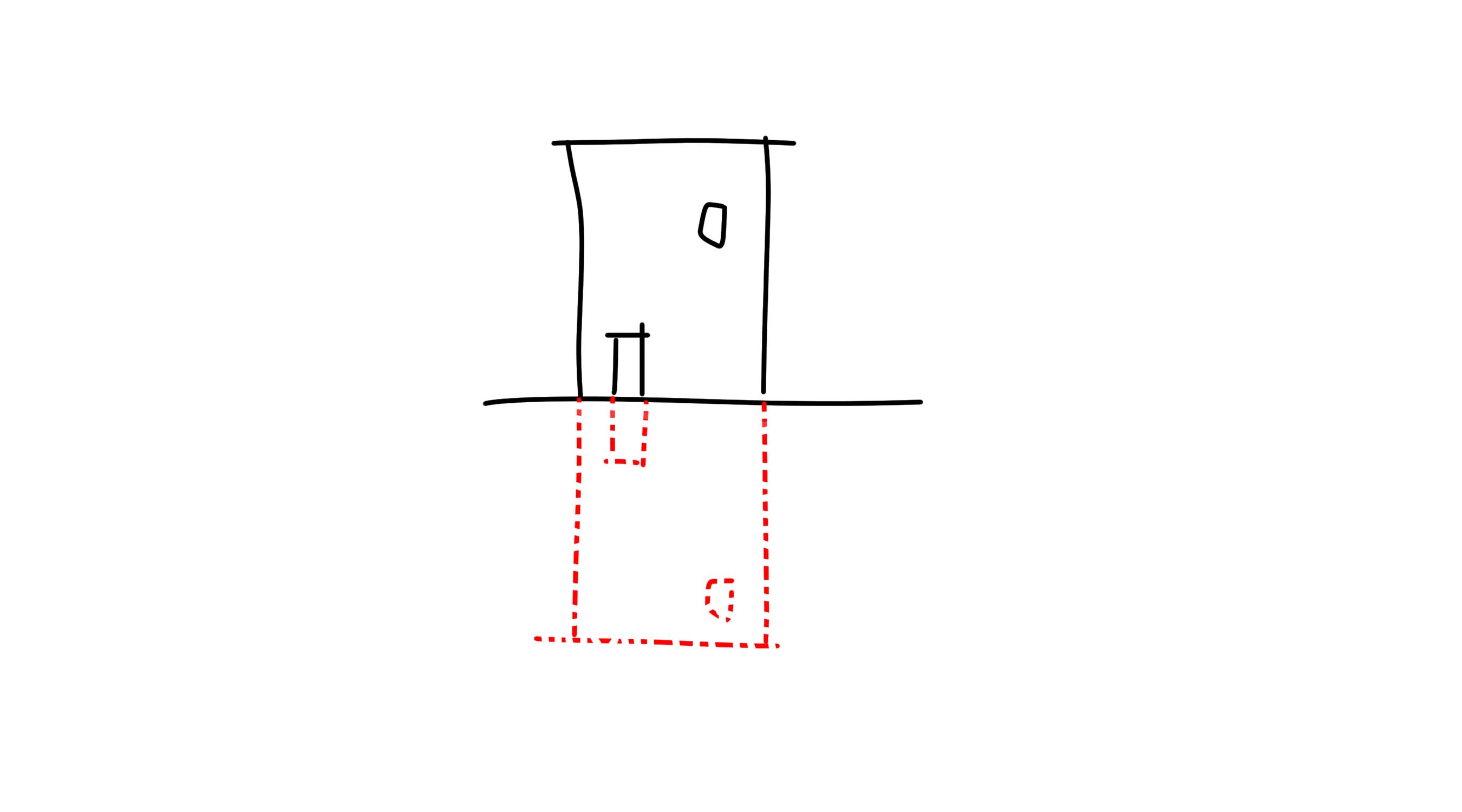The Contemporary Paper Project
Contributor
Rendering Fiction
The architecture “Paper Project” is a speculative one. Without built intentions, it often poses questions and makes provocations about architecture and the ways in which people exist within it. Paper Projects are determined by the architect, both in its brief and intentions, and allow boundless realities where new ideas can be introduced at their most extreme; a creative process deserving of the freedom that sketching and other analog techniques can ignite. These fictional projects exist as the platform for imagination, an infinite space held for architectural dreaming, where the unbuilt is built. Architecture as a discipline proposes novel boundaries meant to inform and construct our reality, aspiring to different worlds and subjectivities.
The digital tools and representational methods of today have challenged the modern-day Paper Project. Whereas before, Paper Projects were brought into reality and permanence by their physical existence on paper, its new site is easily misplaced in this contemporary world, existing in the virtual, ephemeral realm. At stake here is the potential loss of revolutionary ideas; digital space holds a sense of urgency, interrupting “the simmer” of architectural ideas, the manual effort offering introspective speed bumps by sheer nature of technique.
The Paper Project is the vessel that holds the idea; like art, it can be displayed, archived, cherished, housed. You can see it, touch it, smell it, exist with it. These physicalities parallel architectural qualities; now, we no longer exist with the drawing, but instead, with its modern gatekeeper and contemporary vessel, the computer.

This sketch shows the image of a building above, and below it, everything else: the sensory qualities, the personal architectural experience, the see touch smell… qualities not necessarily built, but drawn in the imaginative space afforded between the limits of paper and human interpretation. Digital design does not evoke spatial imagination the same way that drawing can. The loss of paper as a medium and the move to digitization removes physical manifestation at the representational stage, and thus when viewed digitally, falls flat experientially.
What is the substrate to tie the contemporary Paper Project back to reality? Architecture’s recent reflex towards hyper-realistic representation is a reaction to the loss of paper’s physicality. Uncanny realism has begun to stand in for this lack of physical existence. The imaginary potential conferred by the Paper Project is now denied in favor of a plateau of sameness, foreclosing the interpretative room necessary to progress. It’s in that inarticulable space where interpretive value lives, where architecture thrives.
Michelle Schneider is a Master of Architecture student at Rice University (23’).